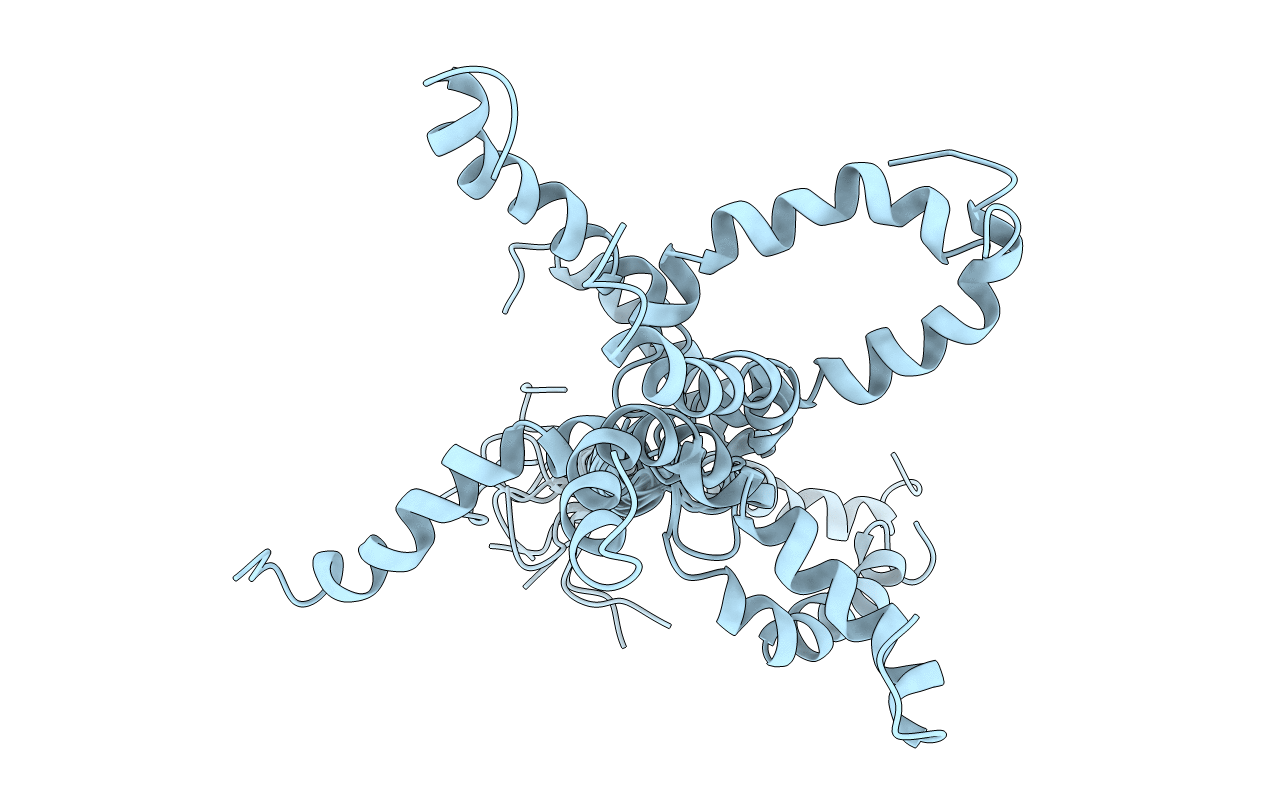
Deposition Date
2020-12-11
Release Date
2021-01-13
Last Version Date
2024-06-19
Entry Detail
PDB ID:
7B7O
Keywords:
Title:
Solution structure of A. thaliana core TatA in DHPC micelles
Biological Source:
Source Organism:
Arabidopsis thaliana (Taxon ID: 3702)
Host Organism:
Method Details:
Experimental Method:
Conformers Calculated:
100
Conformers Submitted:
10
Selection Criteria:
structures with the lowest energy


